The Minelab Equinox 900 metal detector discovered a large hoard of silver coins. This story offers an interesting context for all detectorists. First, the hoard was found using a sniper coil, and the depth was about 30 centimeters (debunking the myth about the shallow detection depth of such coils). Second, the hoard was recovered in two stages (illustrating the proper approach to a site where something valuable has been found). Third, there are photos of the area where the hoard was buried. This is a great opportunity for all treasure hunters to remember the typical features of such locations.
The year is 2024, Hungary, Eastern Carpathians, Székesfehérvár region. The search site is the ruined Iron Gate castle from the Árpád era. At first, a broken pot was found containing 120 small silver coins. The discovery was made by the Minelab Equinox 900 metal detector with a 6-inch coil (Minelab 6 EQX). The depth of the find was about 30 cm. The metal detector gave a signal with Target ID — 30.
The hoard was found using a sniper coil, which disproves the common belief about its insufficient depth. In fact, this type of coil is capable of detecting valuable finds at significant depth — in this case, about 30 centimeters. The main advantage of such coils is the reduced detection area (the volume of soil beneath the coil). Thanks to this feature, the sniper coil works effectively in areas with a high concentration of metal trash, distinguishing between nearby targets.
The finder shared that the first attempt was unsuccessful — dense vegetation made the process very difficult. After waiting for better conditions, he resumed the search. This time, he managed to find a pot with 120 coins. Luck? Not yet. To expand the search, 39 volunteers were invited to help thoroughly clear the area. The new stage of searching greatly increased the result — a total of 779 coins were discovered.
There are two main tactics in metal detecting. The first is to keep moving forward, covering as much ground as possible. The second is to focus on a location where an interesting find was made, gradually expanding the search zone and digging every signal, including iron responses. Both strategies can be effective, but the best results come from combining them, along with a systematic approach to areas where valuable artifacts have been found.
A numismatic examination of the find revealed that a significant portion of the hoard dates back to the period of the first Tatar invasion. At that time, nobles were granted the right to build fortifications and small castles, mostly using durable materials such as stone. As a result, local provincial lords gained significant power and became “minor kings.” The value of the hoard at the time it was buried was approximately equal to the price of 14–15 oxen. It is likely that the owner hid his savings but was never able to return for them.
Along with the hoard, other artifacts were discovered: a mace, arrowheads, a spur, a silver signet ring, and numerous iron nails. Additionally, human remains were found directly at the site and in its surroundings.
Source – Minelab Ukraine
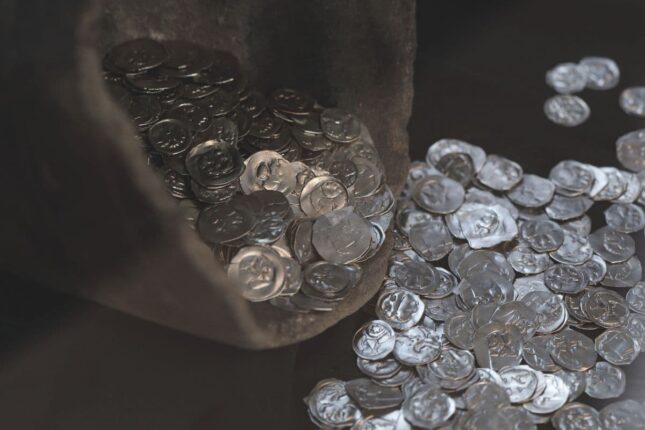
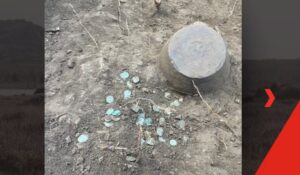
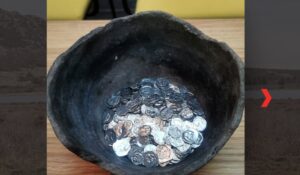
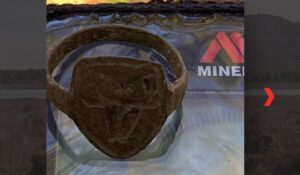
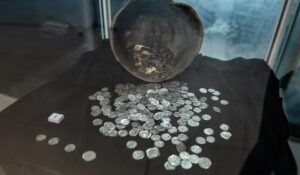

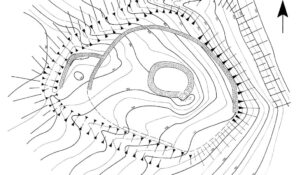

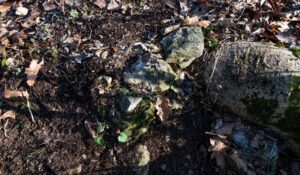



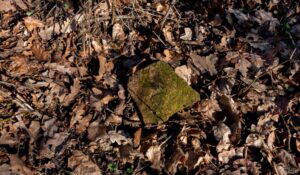
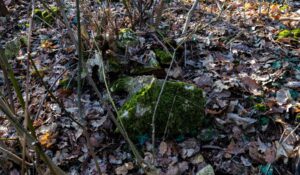
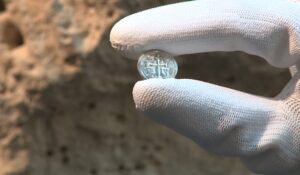
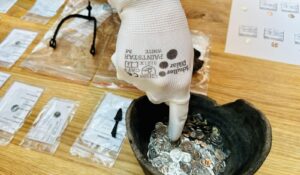
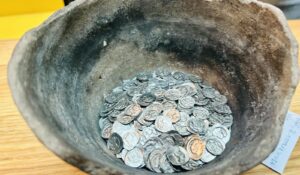
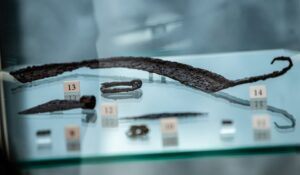

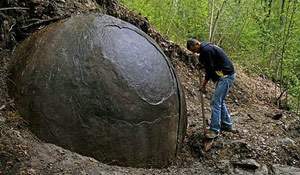
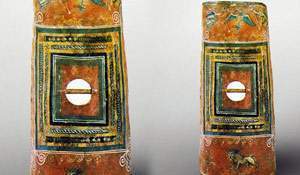


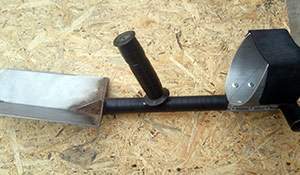



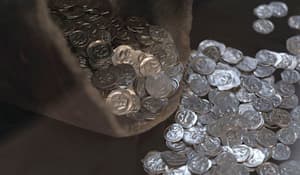
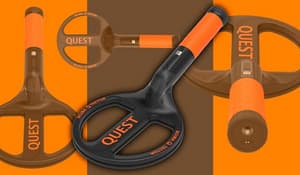
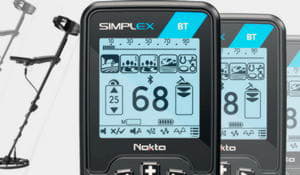
Did you like the hoard? This find is yet another confirmation that choosing the right metal detector, having patience, and paying close attention to details can lead to truly valuable artifacts.
hi